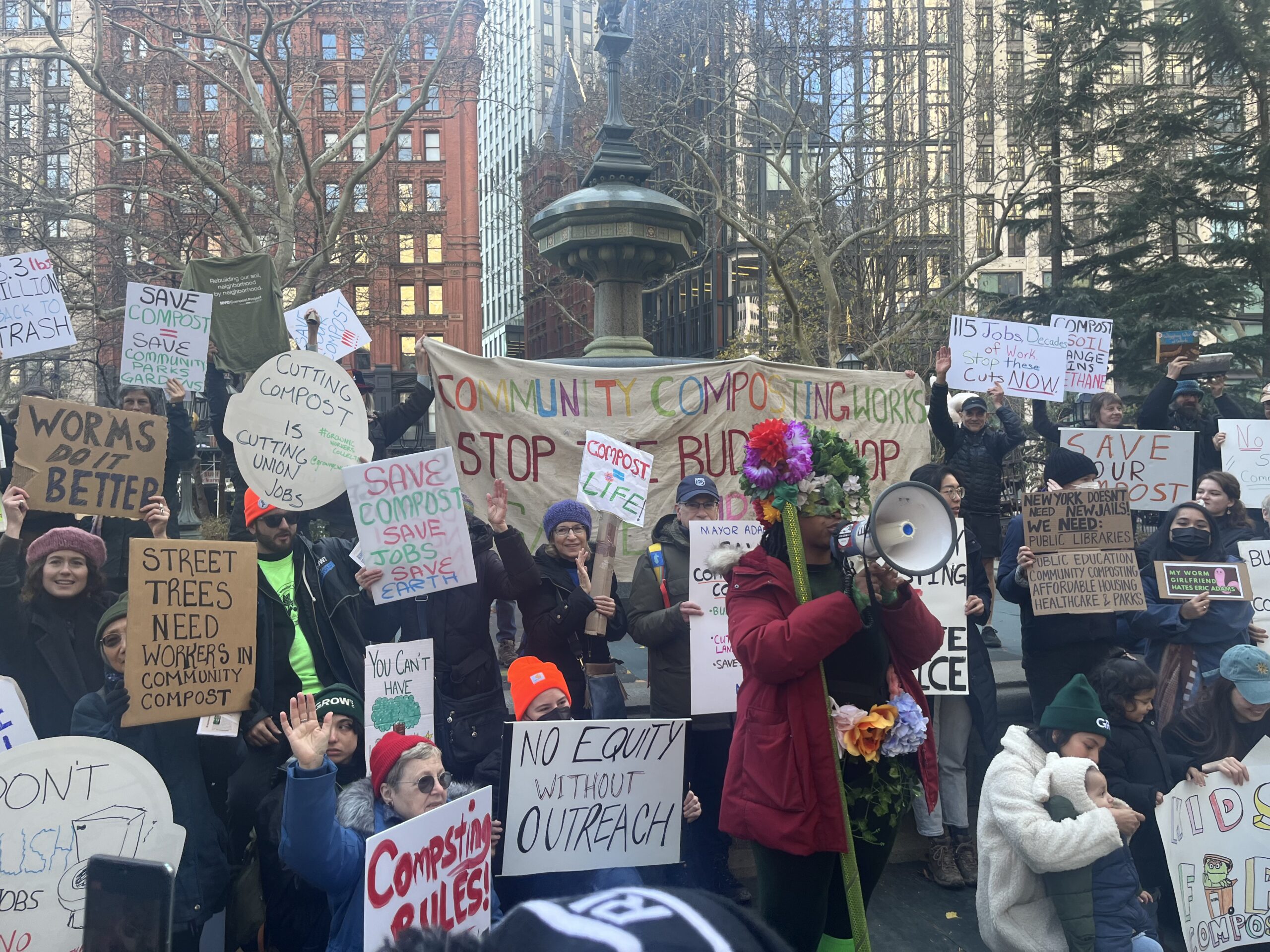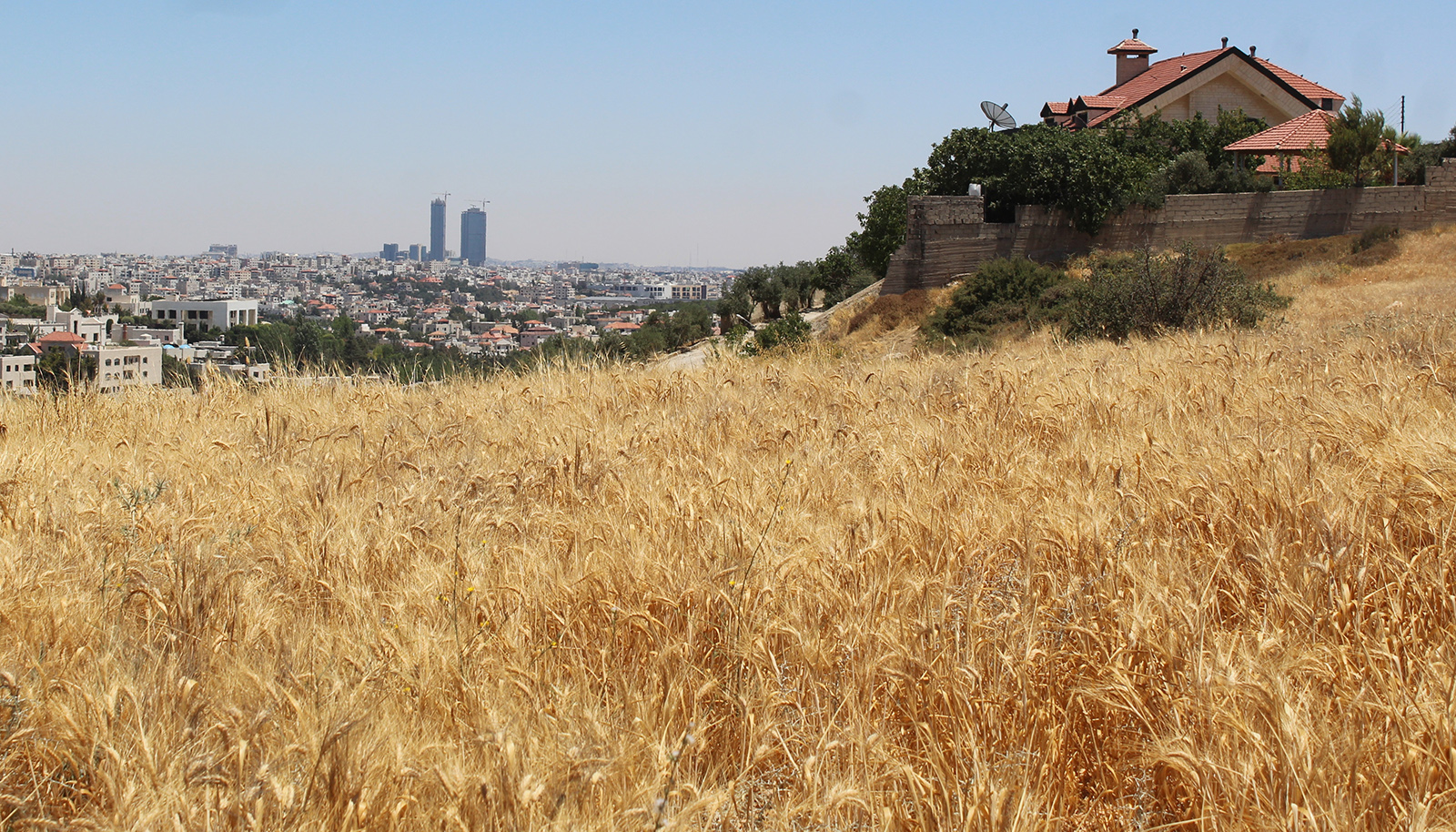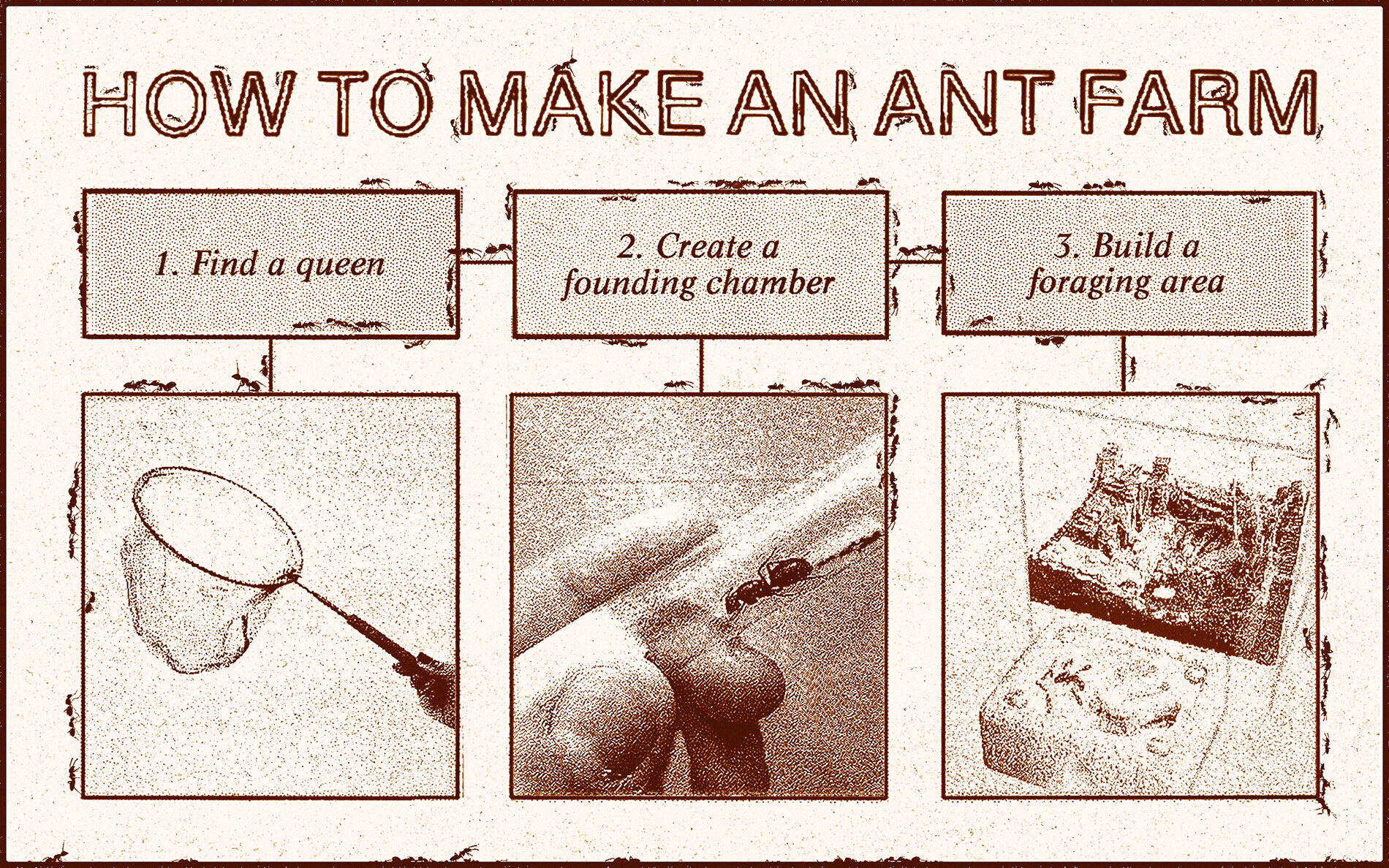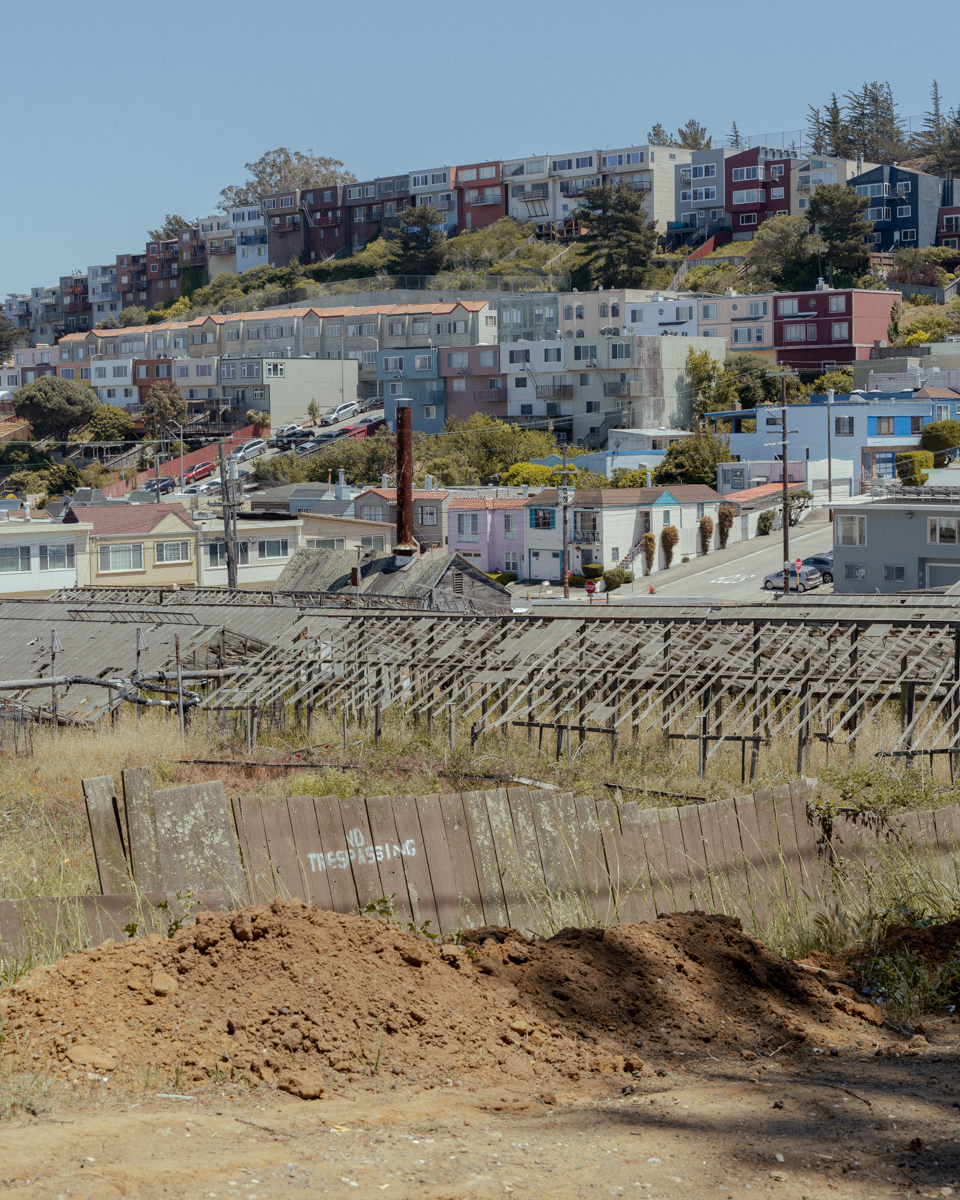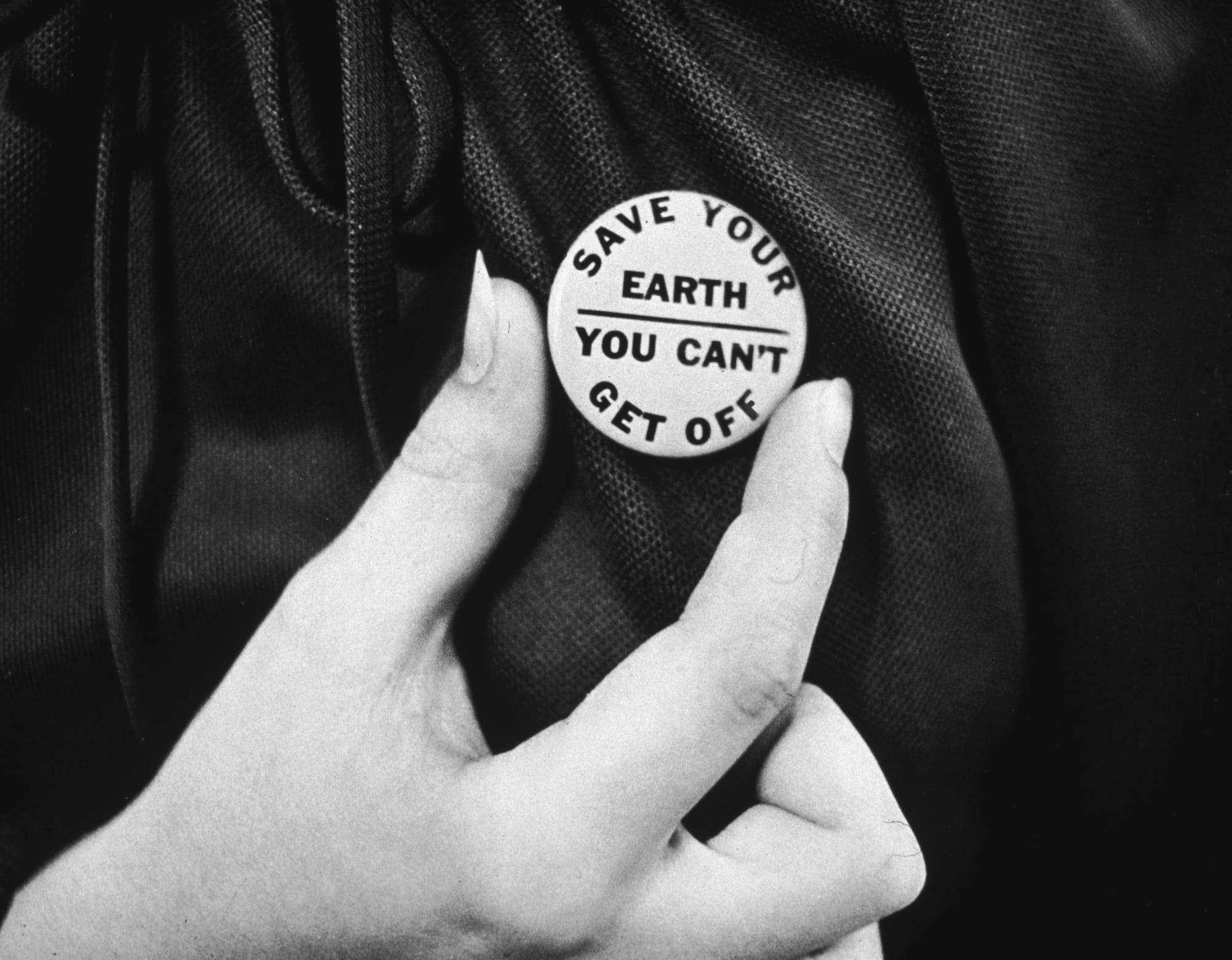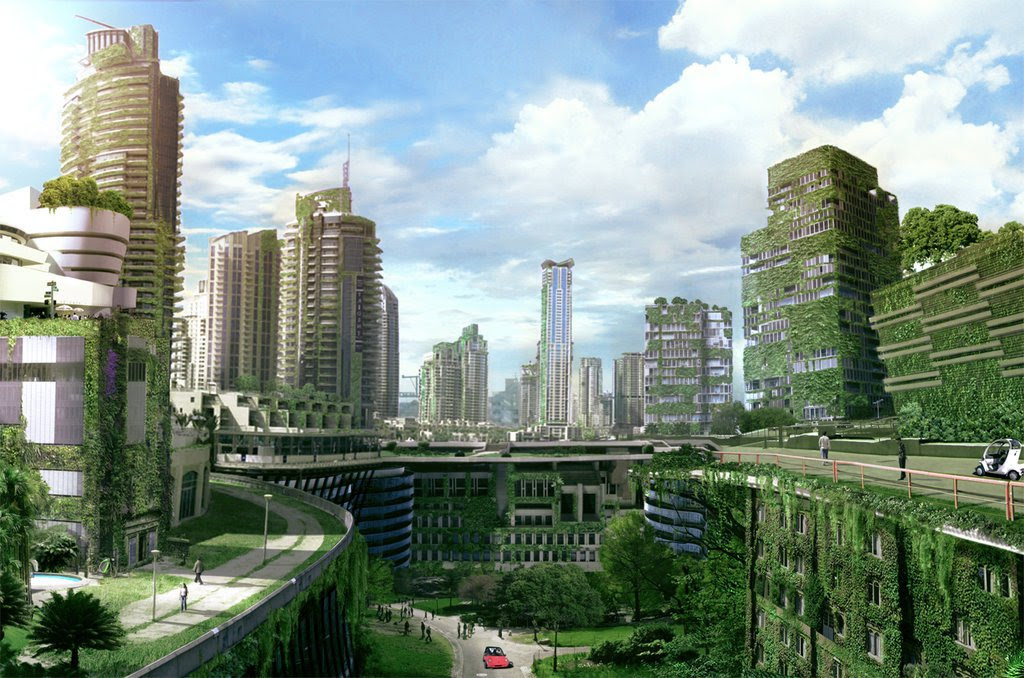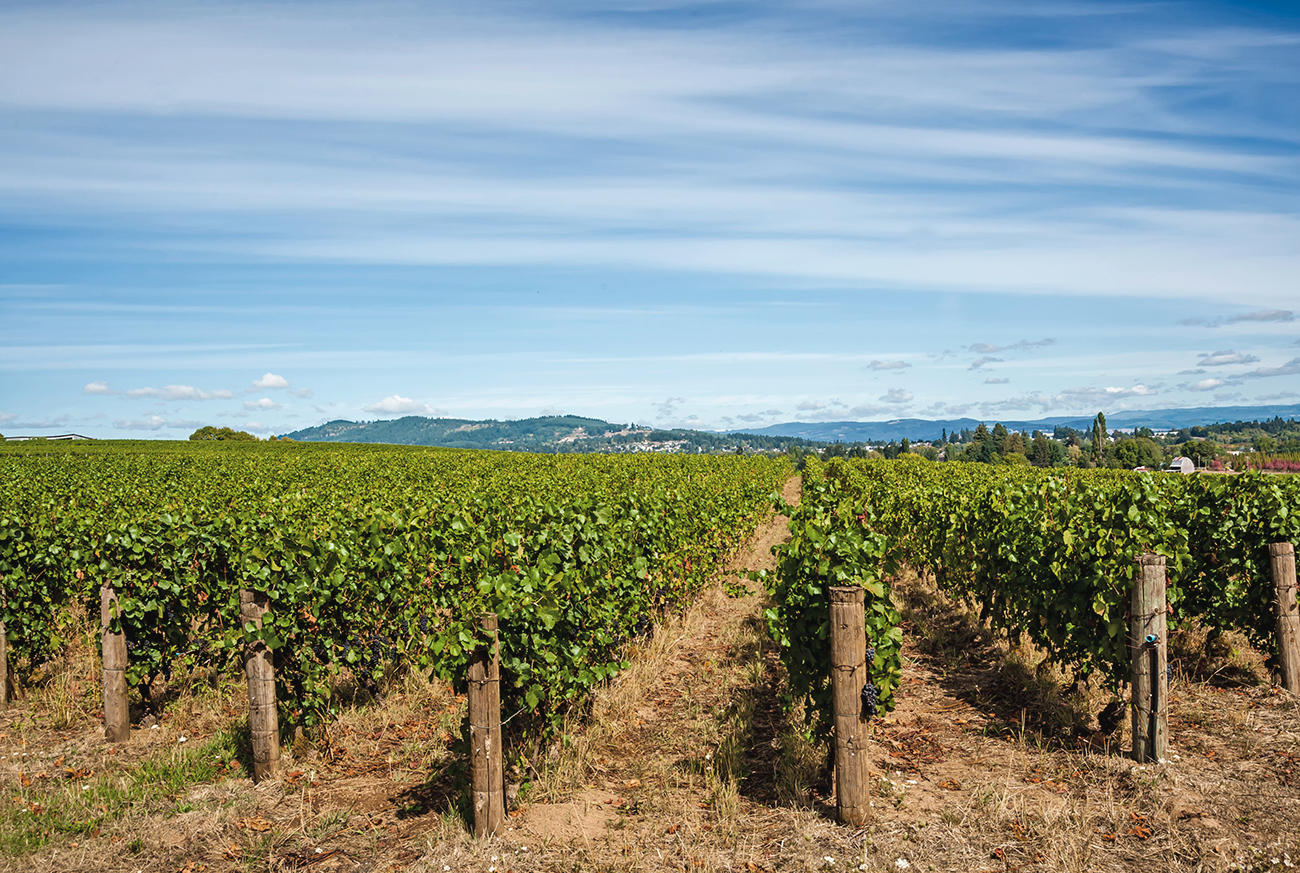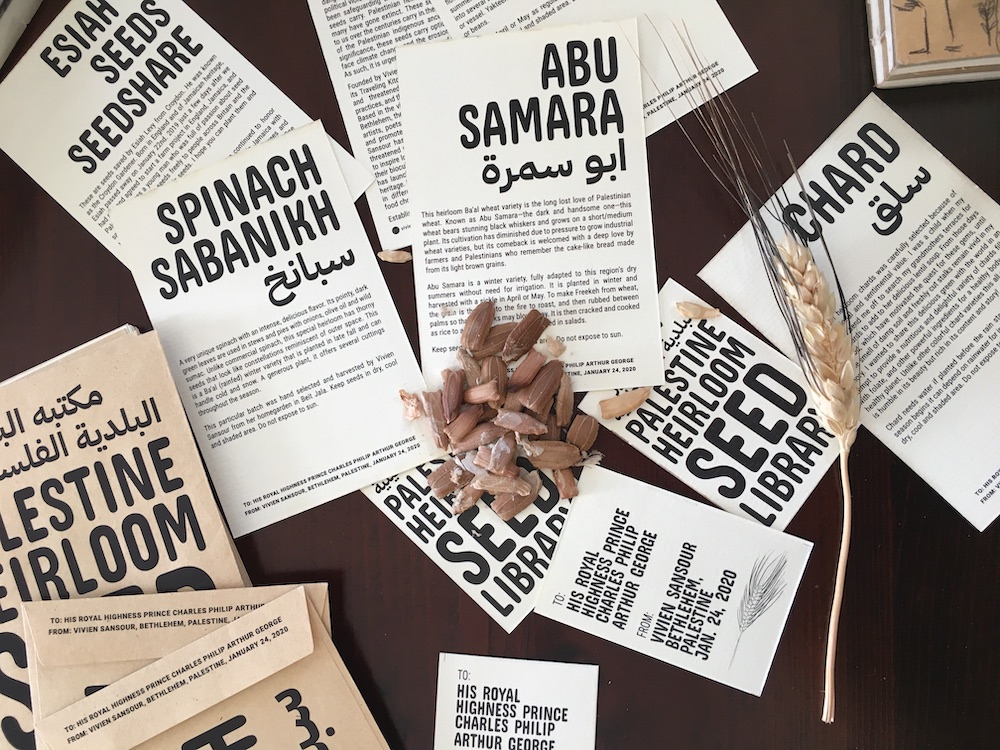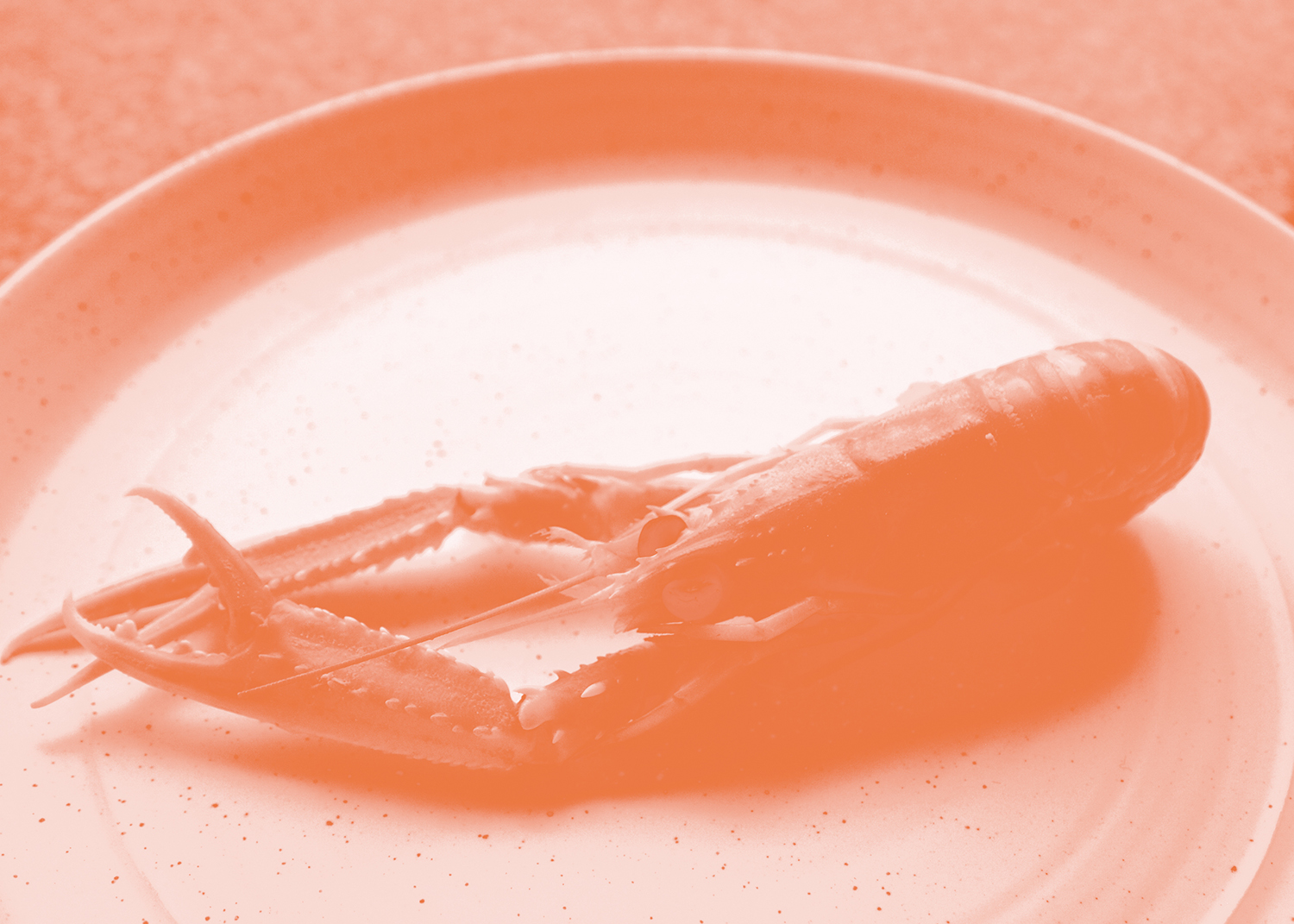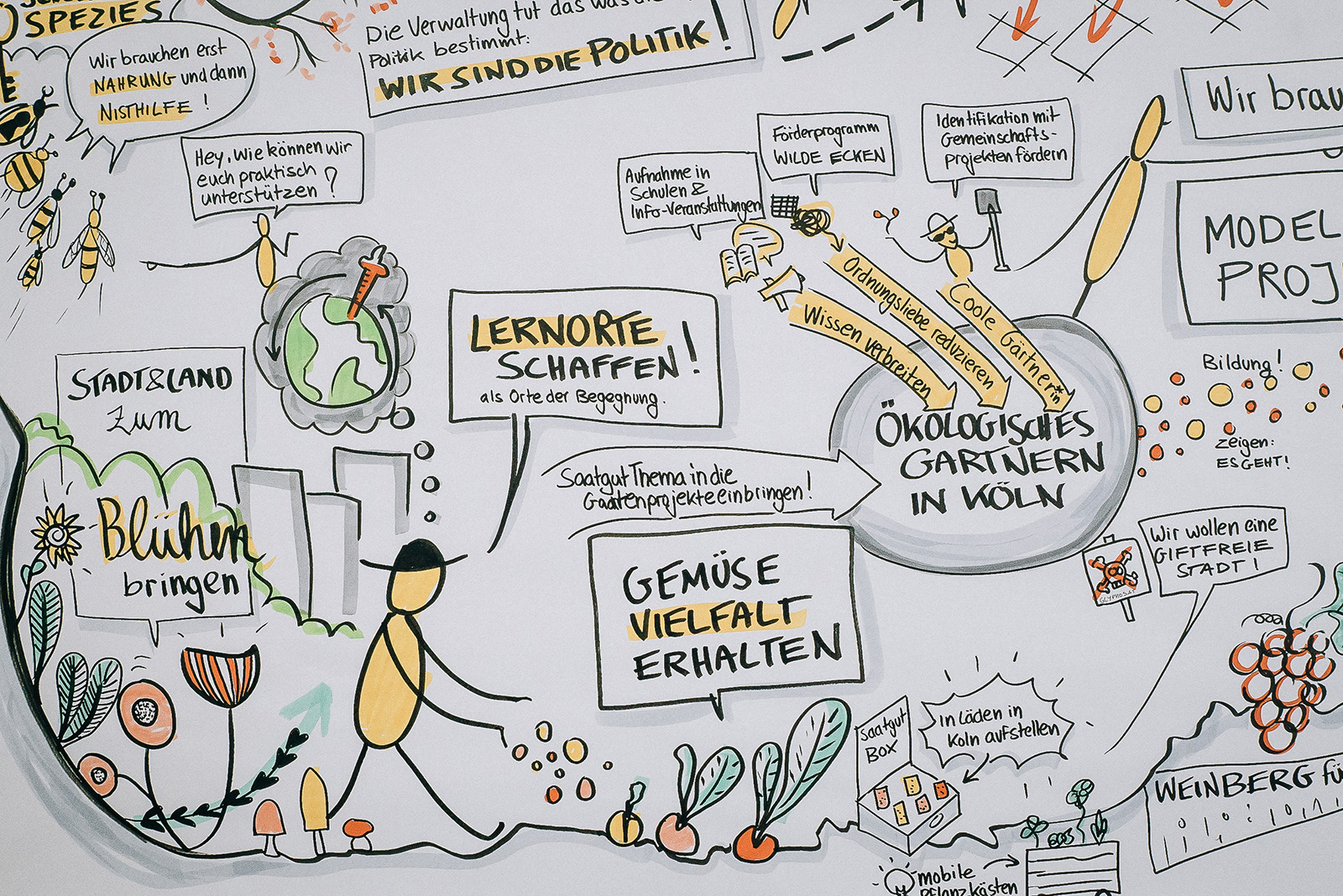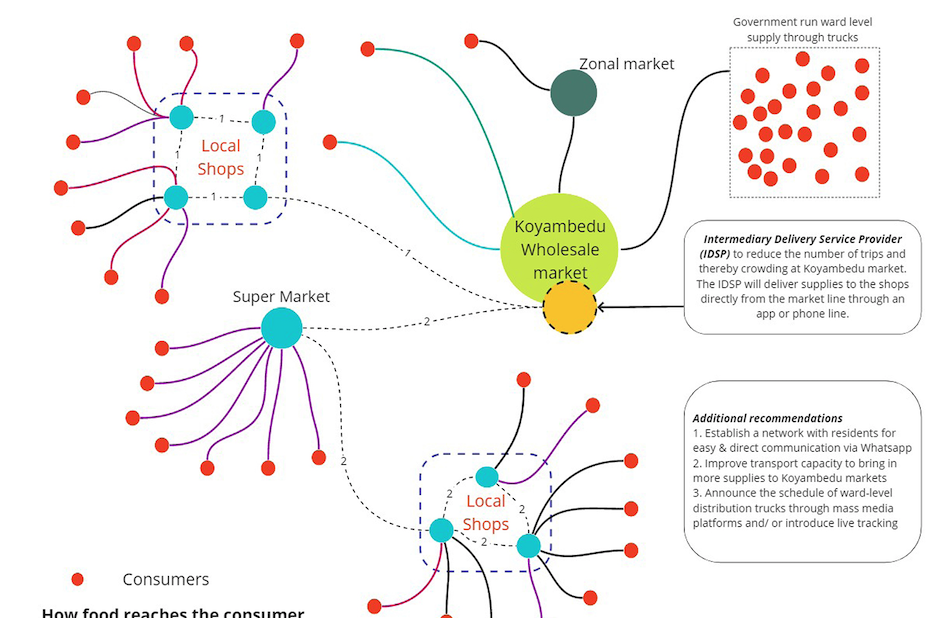The AgTech Insider is MOLD’s monthly short list of potential applications of emerging technology and new business models in agriculture. Signup for the AgTech Insider Newsletter today.

Artificial Intelligence: Image Once, Remember Forever
What is it: Researchers using a machine learning Google tool for image recognition called AutoML Vision, have been able to detect what restaurant a specific bowl of noodle came from just based on the image. Using details such as the cut of meat, the way toppings are placed, and a number of other factors help the system identify the noodle purveyor with a 94% accuracy.
How it can help agriculture: We are nearing a day where, by taking specific images of a crop when harvested, one could connect an individual plant with that fruit or vegetable, even as it travels further down the supply chain, by simply taking another picture and comparing images. There are limiting factors including variety and quantity of differentiated product traits, but if there is a part of the supply chain that is short enough and the product contains enough similarity to how it looked when harvested, this isn’t that crazy. On the plus side, if fruitful (pun intended), it would ultimately lead to better tracking and food safety in our food system. via Google

Internet of Things: Eel-ectricity Through Origami + Gel
What is it: Researchers have figured out how to turn some hydrogels, stacked in an origami fold, to mimic an eel’s electrical system. This new power generation technology can allow microscale power (up to 110V) to be produced in very small places, such as in the human body or on a tree leaf.
How it can help agriculture: In part, many limitations to technology in agriculture come from how distant fields and operations are from consistent, cheap power. This is especially true at small scale where you may need power to monitor certain aspects of plants, pests or livestock. A new, simple and low cost energy producer like origami-stacked-hydrogels could present an interesting solution for those with a creative approach to powering small sensors or other helpful devices for farmers. via IEEE Spectrum

3D Printing: From Waste to Want
What is it: Researchers at the University of Calgary have discovered a special enzyme that allows them to take human feces and transform it into a special bioplastic. In the context of space travel, these researchers were looking to solve two problems: managing human waste and developing materials as needed.
How it can help agriculture: Especially when thinking about animal livestock, farmers face a major issue in terms of waste management. Typically, animal waste is converted into very valuable fertilizer for crops, but if there was a chance that the waste could be turned into a material that can be 3D printed into tools, animal corrals, building material, etc., suddenly there may be a much stronger value in using more of the waste more effectively and efficiently. via www.3ders.org
Self Driving: Turning Deere to Self-Steer
What is it: A company named Luminar is developing significantly cheaper and updated lidar systems with the intention of mounting them onto existing vehicles. Lidar systems are used in autonomous vehicles to detect what is happening all around the vehicle. In short, lidar are the eyes of autonomous vehicles.
How it can help agriculture: While it is one thing to already purchase a nautonomous vehicle or tractor, it is another to take existing equipment, whether it be mowers, tractors, or other means of machinery, and turn it into an autonomous or semi-autonomous vehicle. This can cut down costs, make work easier for the farmer, and hopefully do the job better. This is a huge deal and could change the way we think about upgrading the small and medium farms around the world with the most advanced technologies available. via MIT Tech Review
